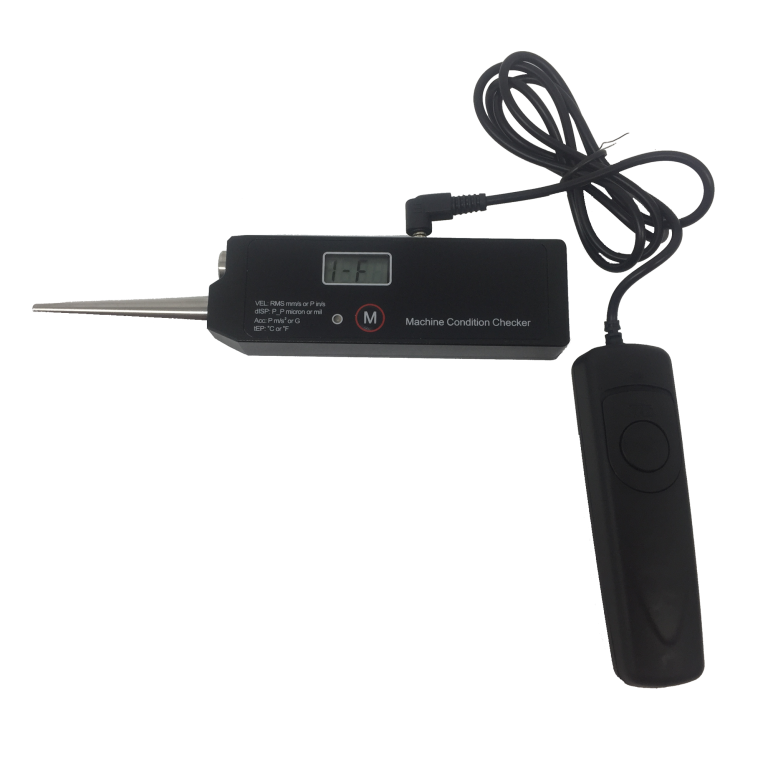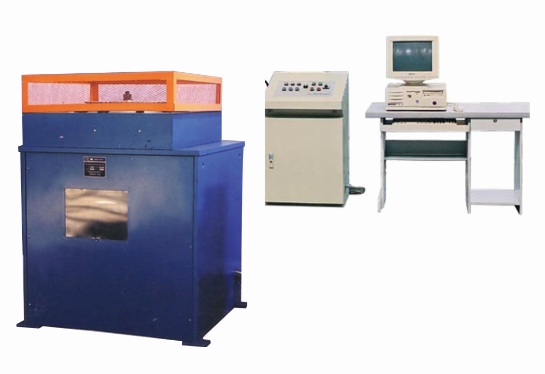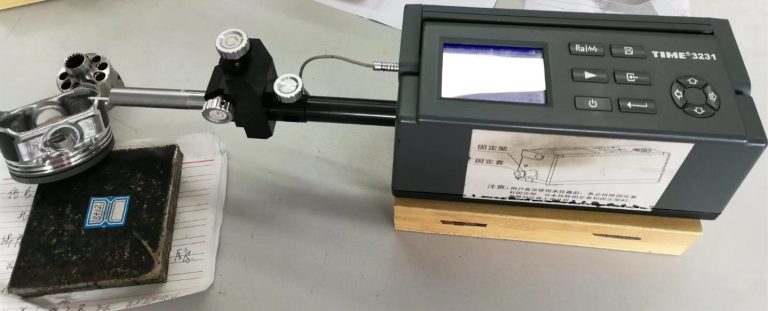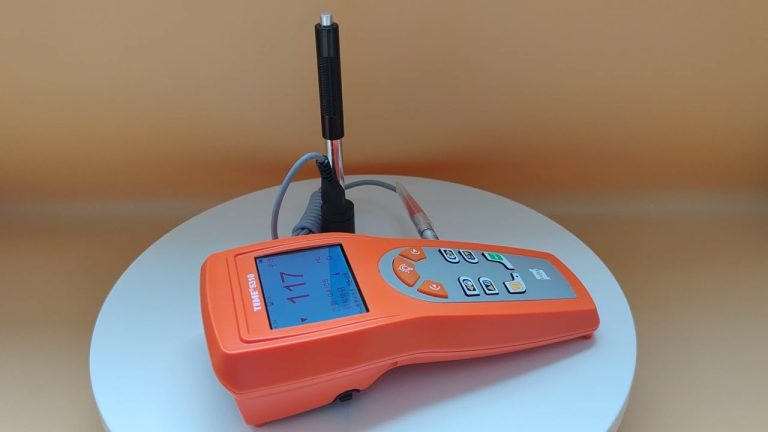TIME roughness tester is an essential tool used in various industries to measure the roughness of surfaces. It plays a crucial role in ensuring the quality and performance of products. In this article, we will explore the significance of roughness testing, the working principle of the TIME roughness tester, and its applications in different sectors.
Roughness testing is a fundamental process in manufacturing and engineering that helps determine the texture and surface quality of a material. It involves measuring the irregularities on the surface at a microscopic level. The roughness of a surface influences various factors such as friction, wear resistance, and appearance. Therefore, it is vital to have precise and reliable instruments like the TIME roughness tester to evaluate and control roughness parameters.
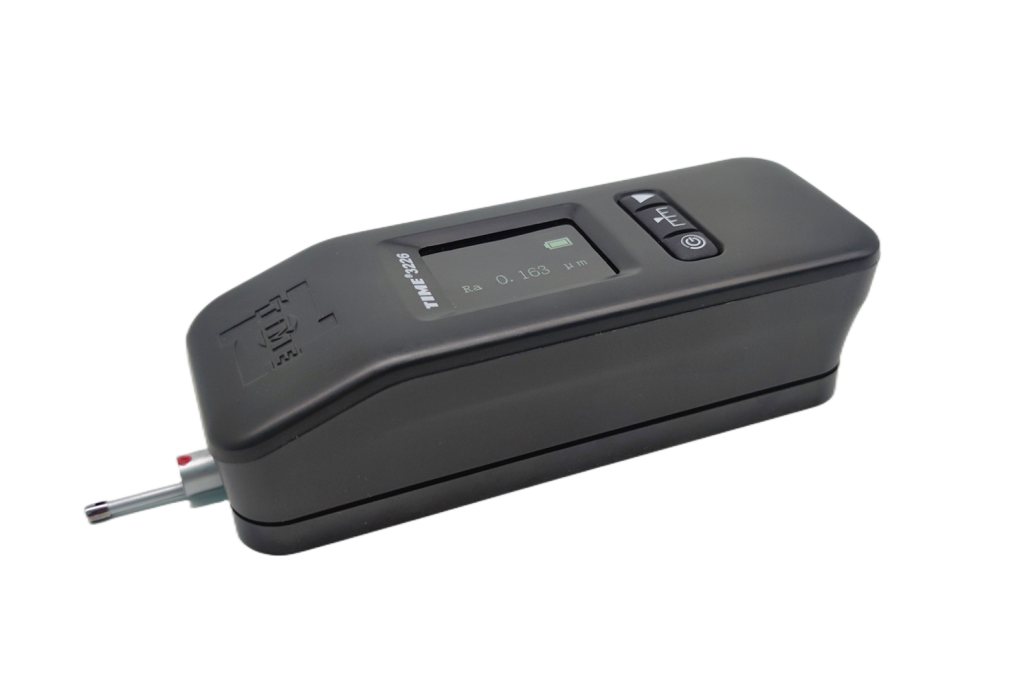
The TIME roughness tester employs advanced technology to provide accurate and consistent roughness measurements. It utilizes a stylus or a probe that scans the surface and records the vertical movement as it travels across the sample. The tester then analyzes this data to calculate roughness parameters like Ra (arithmetical average roughness), Rz (maximum height of the profile), and Rt (total height of the profile). These parameters help in characterizing the surface texture and determining its suitability for specific applications.
The TIME roughness tester has a user-friendly interface and offers various measurement options to cater to different surface profiles. It allows users to choose the cut-off length, which defines the wavelength range used during the measurement. This flexibility ensures that the tester can handle a wide range of surface textures, from very smooth to extremely rough.
The applications of the TIME roughness tester are vast and diverse. In the automotive industry, it is used to evaluate the surface finish of engine components, gears, and bearings. By measuring the roughness, manufacturers can ensure optimal performance, reduce friction, and improve fuel efficiency. In the aerospace sector, the tester is utilized to assess the quality of turbine blades, airfoils, and other critical components. It helps in detecting any irregularities that can compromise the aerodynamic efficiency and safety of the aircraft.
Moreover, the TIME roughness tester finds applications in the medical field for evaluating the surface roughness of implants, prosthetics, and medical devices. It ensures that these products have a smooth surface to minimize the risk of infection and promote better patient outcomes. In the electronics industry, the tester is used to measure the roughness of printed circuit boards (PCBs) and ensure the proper adhesion of components.
TIME roughness tester is a valuable instrument that plays a vital role in assessing and controlling surface roughness. Its accurate measurements and user-friendly interface make it a preferred choice across various industries. From automotive to aerospace, medical to electronics, the roughness tester finds applications in numerous sectors, ensuring that products meet the required standards and perform optimally.

